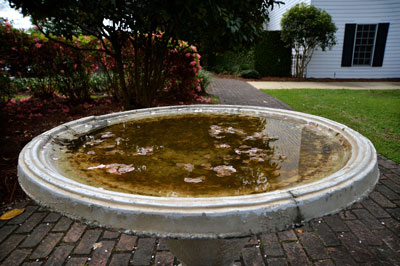Sometimes preppers put too much emphasis on guns when oftentimes Mace is the better choice for self-defense.
Mace, the biggest brand name of pepper spray, can be just as effective as a gun and poses much less risk for the user, making it a great item to have as an everyday carry.
Don’t believe me? Check out these 9 reasons preppers should own Mace.
No Permits Required
One of the biggest hassles of owning a firearm are the increasingly confusing laws governing them.
Merely owning a gun can be complicated enough, but if you want to actually carry it with you, then the regulations become even more outrageous.
Many would-be gun owners get discouraged by these overbearing laws and don’t bother carrying a gun with them, leaving them unprotected against criminals.
On the other hand, Mace is legal and doesn’t require any permits to carry. This makes Mace a convenient way to protect yourself without having to worry about all the rules and regulations that come with owning a gun.
There isn’t even any paperwork to fill out. You can simply buy Mace like you would buy any other item.
Note: Even though Mace is legal, you still need to check with your local jurisdiction’s laws on when it can and can’t be used.
It’s Easy to Use
Using Mace is as easy as aiming at your target’s head and pushing a button.
The button itself is very easy to press, and canisters are usually small enough for a child to hold. This is why many parents have their children carry a canister of Mace with them.
Don’t worry about accidentally firing it. The safety mechanism prevents you from accidentally harming yourself or others who aren’t your target.
It’s Non-Lethal
Preppers who carry guns can be reluctant to use them. The legal implications of shooting someone, or even concern for their attacker, prevent them from using their gun to its full potential.
This reluctance to fire your gun can be the difference between successfully defending yourself and getting killed yourself.
However, you will not feel reluctant to fire Mace. Mace is non-lethal and only causes temporary pain for about 20 – 30 minutes.
That means you can quickly spray Mace at your attacker without feeling concerned about what will happen afterward.
Since Mace is non-lethal and does not cause long-term injury, it’s easier to stay out of legal trouble.
Alternative for Those Uncomfortable With Guns
Not everyone is comfortable using a gun.
For those who are untrained with guns or simply don’t want to use them, Mace provides a low-stress way to defend yourself.
Holding a loaded gun and knowing it can kill is a completely different feeling than holding a canister of mostly harmless Mace.
If you’re unable or unwilling to carry a gun, consider carrying a canister of Mace rather than being completely unarmed.
Easy for Seniors to Use
The sad truth is that seniors are targeted by criminals because they’re less likely to put up much resistance.
The recoil from guns is too much to safely handle for some seniors and as a result they choose to not carry them at all.
Instead of leaving yourself defenseless, carry a canister of Mace with you to stop attackers in their tracks.
Click here for some easy self-defense tips for seniors.
Bypasses Gun-Free Zones
Even if you can legally carry a gun in your area, there are still many places where it’s illegal to carry a gun. For example, colleges forbid firearms on campus, but Mace is still allowed.
This gives you a hassle-free way to stay protected even in areas with firearm regulations.
Many criminals attack people in these gun-free zones because they know they won’t have much resistance.
By carrying Mace, you’ll take your attacker by surprise and keep yourself safe even without a gun.
You Work a Late Shift Customer Service Job
Robbers are notorious for targeting convenience stores late at night. Just search for footage on YouTube and watch the videos pile up.
If you work a late shift customer service job, then you need to be aware of the danger and take precautions.
Unfortunately, it’s usually against company policy to carry a gun while at work, but company policy rarely prohibits Mace.
Watch this video to see actual footage of this happening.
You Jog, Bike, or Hike
Other people aren’t the only threats to your safety. Animals also pose a significant threat in the outdoors.
If you jog, bike, or hike on nature trails, then you could become the victim of an animal attack. Bobcats and bears are just some of the potential threats.
Even in a more populated area you could be one of numerous victims of rabid dog attacks every year.
You’re Not Skilled In Hand-to-Hand Combat
Most people overestimate their fighting ability, and this overconfidence gets some of them into trouble.
Be honest when you assess your own skills. If you’re not an expert, then chances are any hand-to-hand fight will leave both you and your attacker injured, and it’s even worse if your attacker has a weapon.
Carrying a canister of Mace allows you to safely disengage fights, saving both you and your attacker some serious injuries.
Mace is an underappreciated survival weapon and has enough advantages to earn a place in your everyday carry.



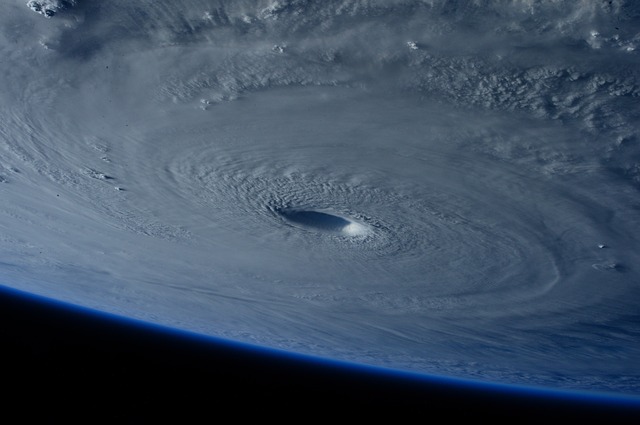 A hurricane checklist is something you must have as the damage caused by hurricanes can’t be overstated. Entire communities can be destroyed and people’s ways of life can be disrupted for months before they’re able to return to normal.
A hurricane checklist is something you must have as the damage caused by hurricanes can’t be overstated. Entire communities can be destroyed and people’s ways of life can be disrupted for months before they’re able to return to normal.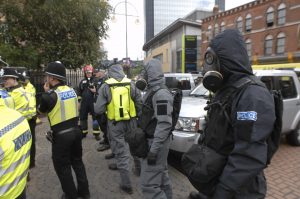 It seems like each day brings with it reports of a new terror attack somewhere on the planet.
It seems like each day brings with it reports of a new terror attack somewhere on the planet.


 We all know the importance of being prepared before disaster strikes, but what should you do after a flood?
We all know the importance of being prepared before disaster strikes, but what should you do after a flood?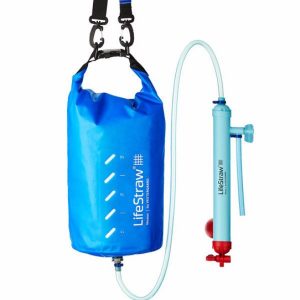
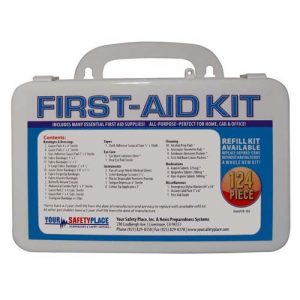
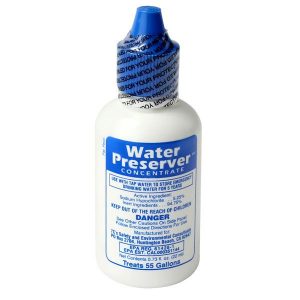
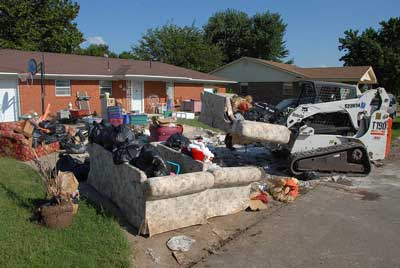 To some, a natural disaster is just another opportunity to scam innocent people in need of help.
To some, a natural disaster is just another opportunity to scam innocent people in need of help.



